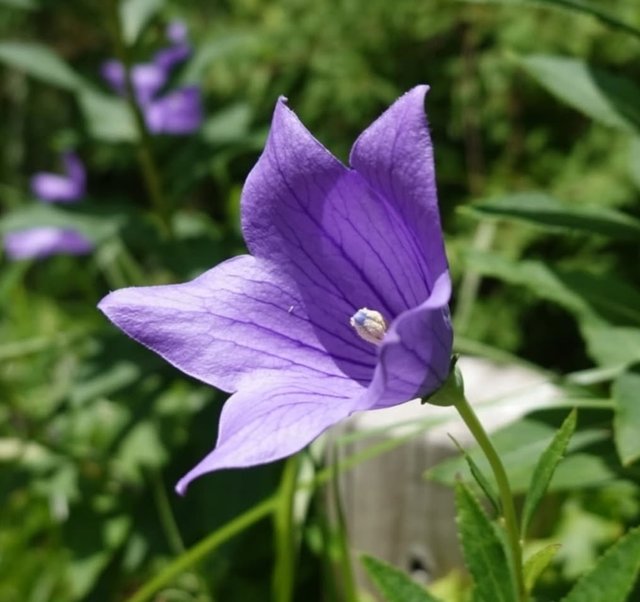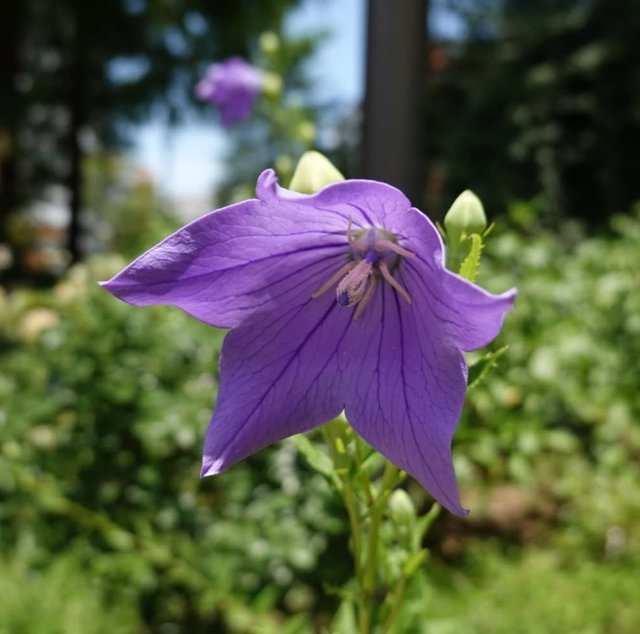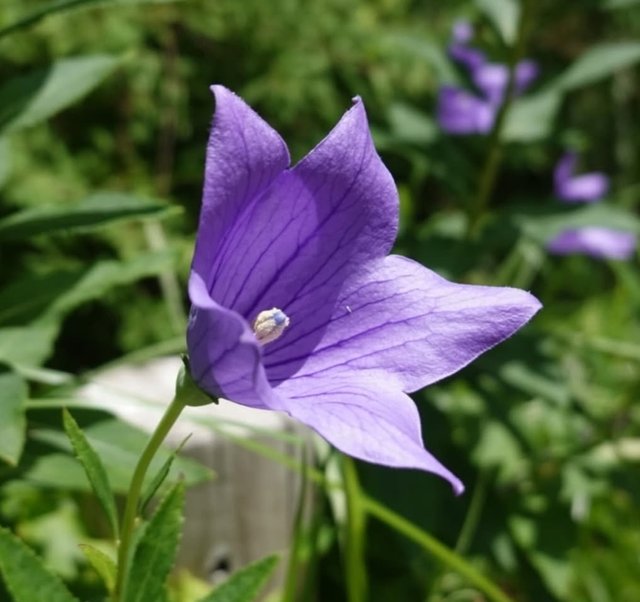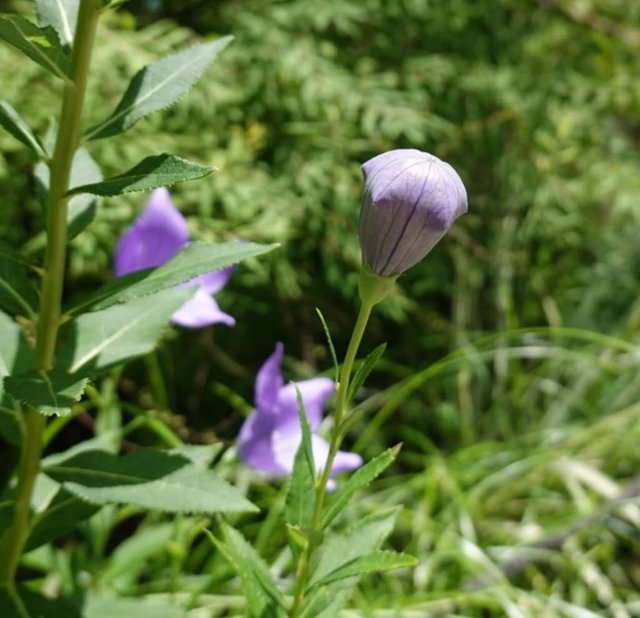Beautiful Colour Platycodon Grandiflorus Flower
Platycodon grandiflorus: The Enchanting Balloon Flower
Platycodon grandiflorus, commonly known as the balloon flower, is a striking herbaceous perennial plant cherished for its unique, balloon-like flower buds that burst open into star-shaped blossoms. Belonging to the Campanulaceae family, this elegant species is native to East Asia, including China, Korea, Japan, and parts of eastern Siberia. With both ornamental charm and traditional medicinal value, Platycodon grandiflorus is a plant that bridges the beauty of gardens with centuries-old cultural and healing practices.
Botanical Description
The name Platycodon is derived from Greek, meaning "broad bell," referencing the shape of the fully opened flower. The plant typically grows to a height of 30 to 80 cm and spreads moderately, making it ideal for garden borders and rock gardens.
Leaves: The lance-shaped leaves are bluish-green, arranged alternately or in whorls, with a slightly toothed edge.
Flowers: The most distinctive feature is the inflated flower buds, which resemble small balloons. These eventually pop open to reveal beautiful, five-lobed, bell- or star-shaped flowers, generally in shades of blue-violet, although white and pink varieties are also available. Blooming typically occurs in mid to late summer.
Roots: The fleshy taproots are white and carrot-like, especially valued in traditional medicine.
Growing and Caring for Balloon Flowers
Platycodon grandiflorus is a low-maintenance plant that thrives in a variety of garden settings. It is hardy in USDA Zones 3–8, making it suitable for both temperate and colder climates.
Light:Prefers full sun to partial shade.
In hotter climates, some afternoon shade helps prevent scorching.
Soil:Requires well-draining soil, rich in organic matter.
Prefers slightly acidic to neutral pH levels.
Water:Water regularly, especially during dry periods, but avoid waterlogging.
Once established, it is fairly drought tolerant.
Maintenance:Deadheading faded blooms encourages prolonged flowering.
Be patient—balloon flowers emerge late in spring, often after many other perennials.
The plant is long-lived and slow to establish but rewards patience with years of dependable blooms.




%20(10).jpeg)